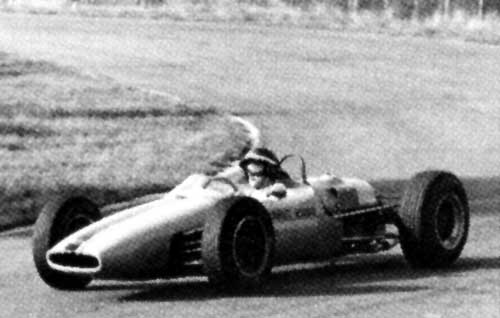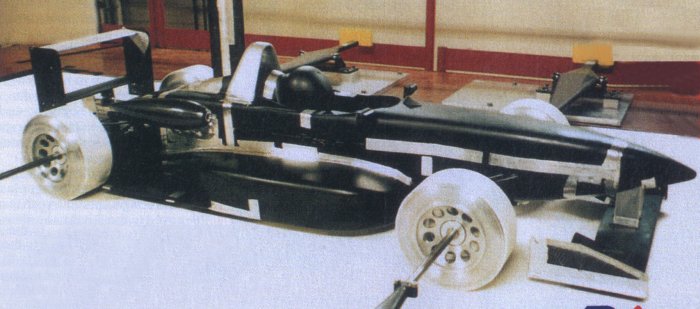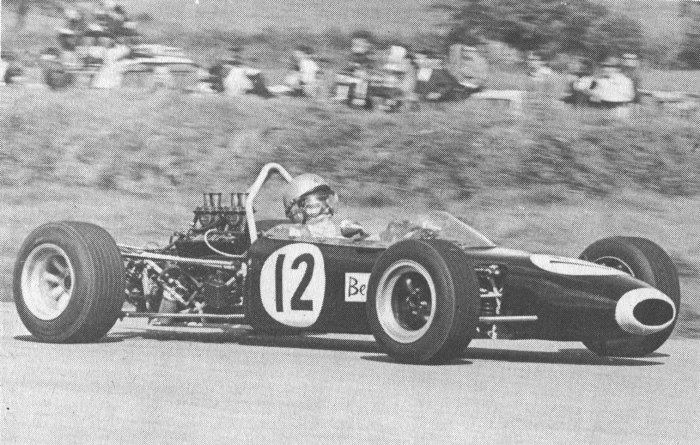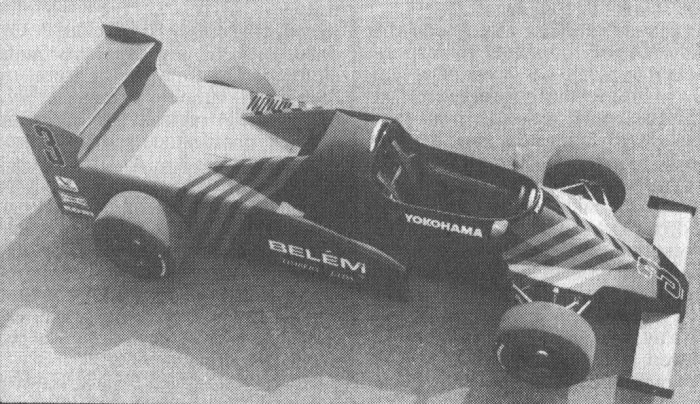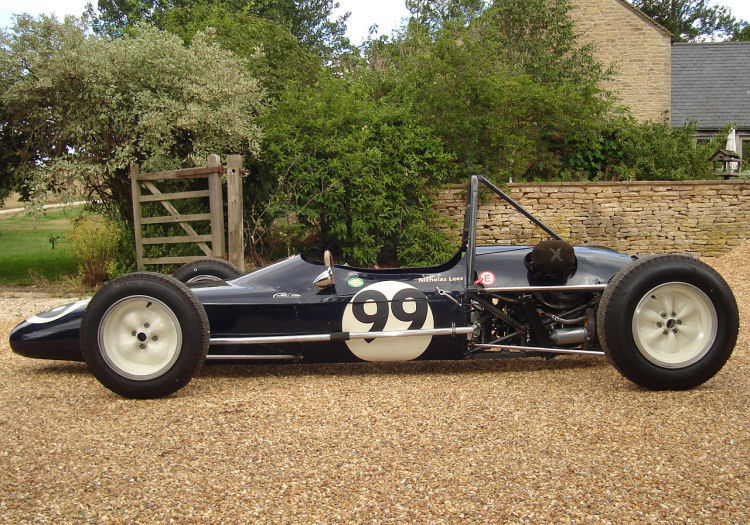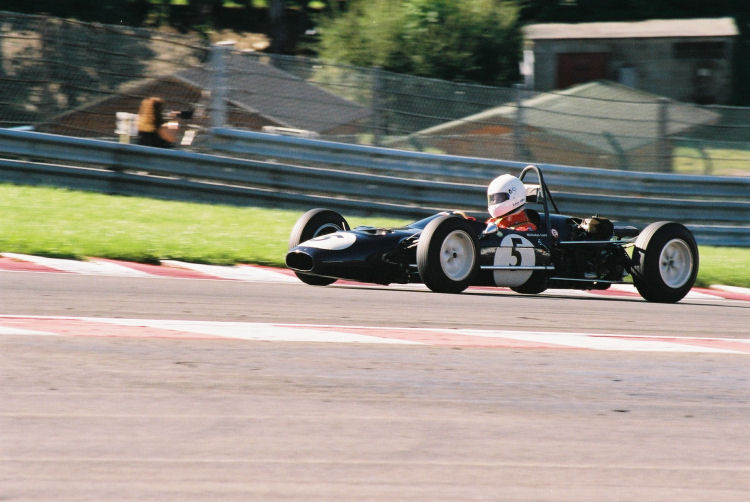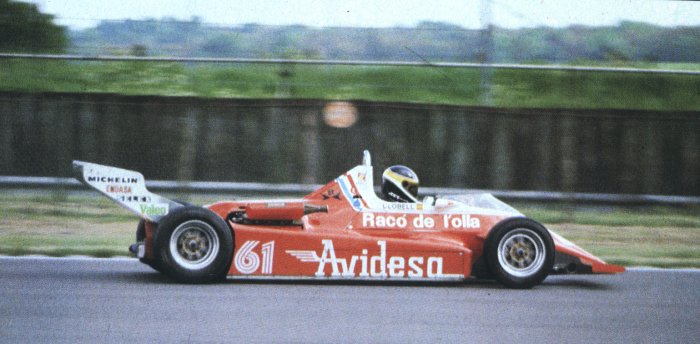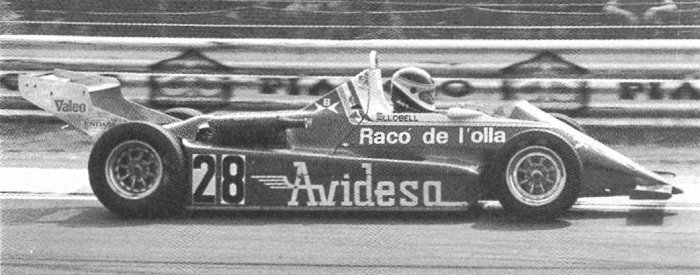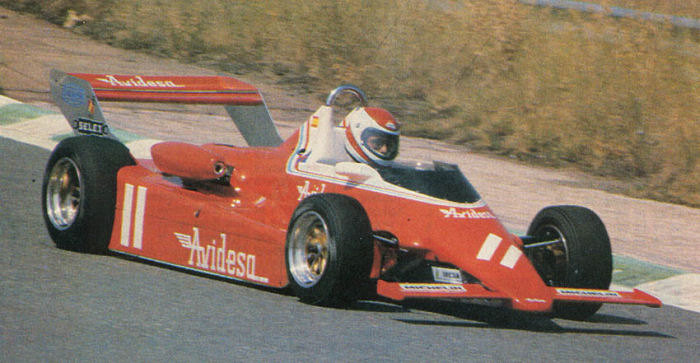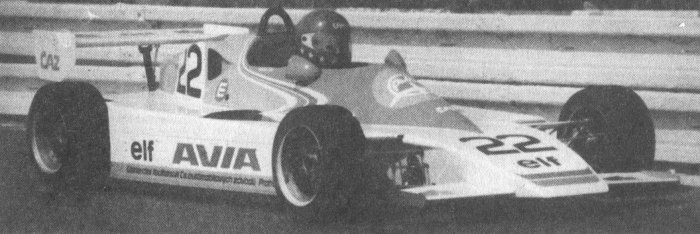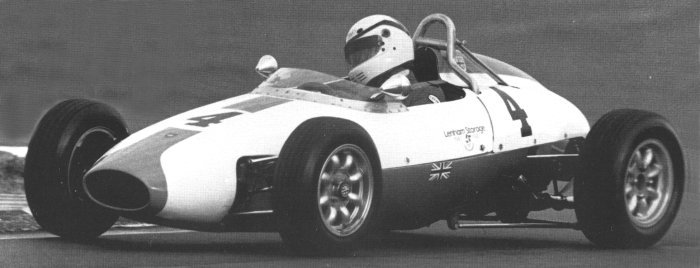Built in late 1984, the F31 certainly looked the part with its flat rear deck and abbreviated sidepods. Designed by Kees van der Grint, who had previously designed the McGregor FF1600 and 2000 cars, the monocoque employed a bonded and riveted sandwich construction to reinforce the aluminium tub. Suspension was narrow track with pushrods at the front and rocking levers at the rear, custom Koni dampers were fitted all-round. Stopping was courtesy of AP/Lockheed single caliper outboard brakes front and rear. Power was provided by a Toyota engine and a Hewland Mk9 gearbox were fitted.
Unusually for the time a digital tachometer was fitted with the other gauges; oil temperature and pressure, fuel pressure and water temperature, replaced with a series of warning lights. “Green” meaning OK, “amber” call in at the pits and “red” switch the engine off immediately!
Due to compete in 1985 it seems that the car never actually raced, at least in the UK or Germany. In June of that year it was reported that Dutch FF2000 champion Lammy van der Heuvel would be testing the car but presumably the demise of the F3000 team saw the end of any F3 aspirations also.

